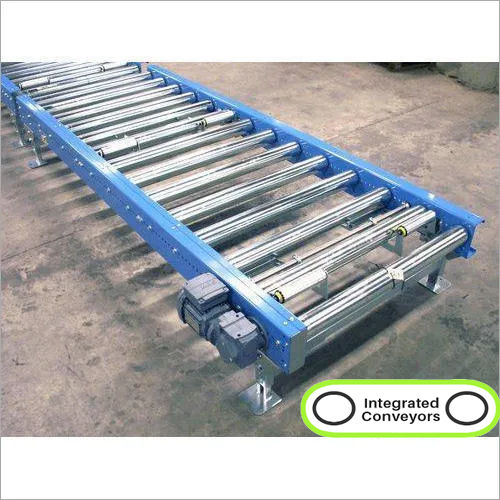
Industrial Roller Conveyor
28500.00 INR/Unit
Product Details:
- Color Blue, Silver
- Product Type Roller Conveyor
- Material Mild steel
- Type Roller Conveyor
- Structure Incline
- Roller Conveyor Live Powered
- Click to view more
X
Industrial Roller Conveyor Price and Quantity
- 28500.00 INR/Unit
- 1 Unit
Industrial Roller Conveyor Specification
- Mild steel
- Incline
- Roller Conveyor
- Live Powered
- Roller Conveyor
- Blue, Silver
Industrial Roller Conveyor Trade Information
- 5 Unit Per Month
- 4 - 6 Week
Product Description
An industrial roller conveyor is a type of material handling equipment used to transport goods or materials from one point to another within a manufacturing or distribution facility. It is a conveyor system that utilizes rollers as the conveying surface. These rollers can be powered or unpowered, depending on the specific application and requirements of the conveyor system.
Here are some key features and components of industrial roller conveyors:
1. Rollers:
- Rollers are the primary conveying surface of the conveyor.
- They can be made of various materials such as steel, plastic, or rubber, depending on the application and the type of materials being transported.
- The rollers are mounted on a frame and can rotate, allowing for smooth and efficient movement of goods.
2. Frames:
- The frame provides support for the rollers and ensures the overall stability of the conveyor.
- Frames are typically made of steel or aluminum and are designed to withstand the load and stress of the materials being conveyed.
3. Drive Mechanism:
- Some roller conveyors are powered, meaning they have a drive mechanism to move the rollers.
- Common drive mechanisms include chain drives, belt drives, and line shafts.
- Powered roller conveyors are often used for heavier loads or for applications where precise control of the conveyor is required.
4. Gravity Rollers:
- In gravity roller conveyors, the rollers are not powered, and materials move along the conveyor by the force of gravity.
- These conveyors are often used for transporting lighter loads and are cost-effective since they do not require a separate power source.
5. Accumulation Zones:
- Some roller conveyors have accumulation zones where products can temporarily stop without affecting the rest of the conveyor line.
- This is useful in situations where downstream processes may not be ready to receive the products continuously.
6. Brakes and Controls:
- Industrial roller conveyors may have brakes or controls to regulate the speed of the conveyor or to stop it when needed.
- Controls can be manual or automated, depending on the level of sophistication required for the application.
7. Flexible Configurations:
- Roller conveyors can be configured in various ways, including straight sections, curves, merges, and diverts, allowing for flexibility in designing a conveyor system that meets specific layout requirements.
Tell us about your requirement

Price:
Quantity
Select Unit
- 50
- 100
- 200
- 250
- 500
- 1000+
Additional detail
Mobile number
Email


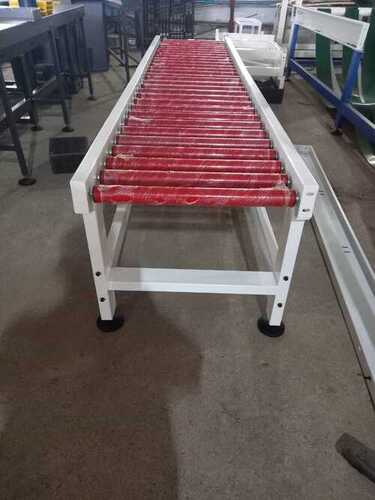
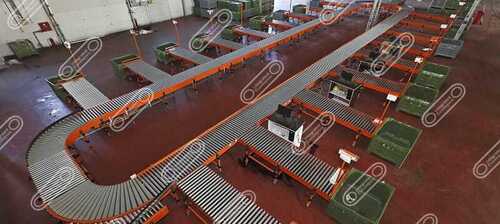
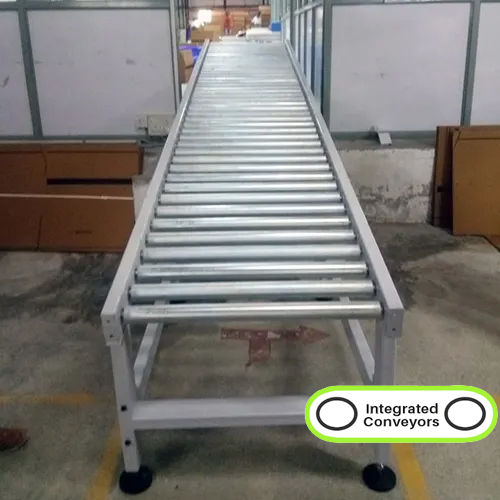
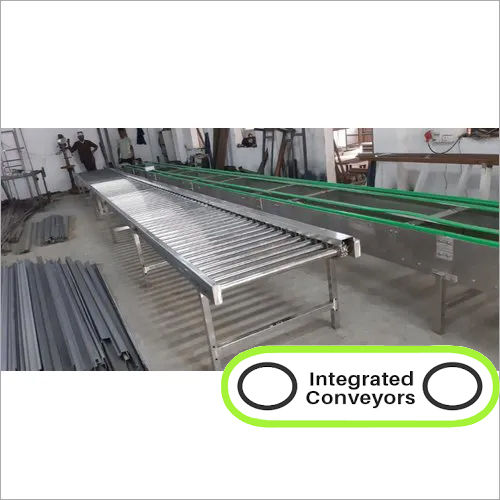
 Contact Us
Contact Us Send Inquiry
Send Inquiry
